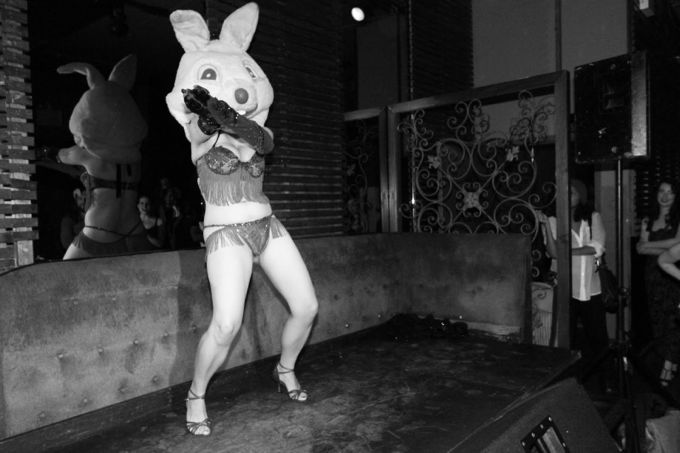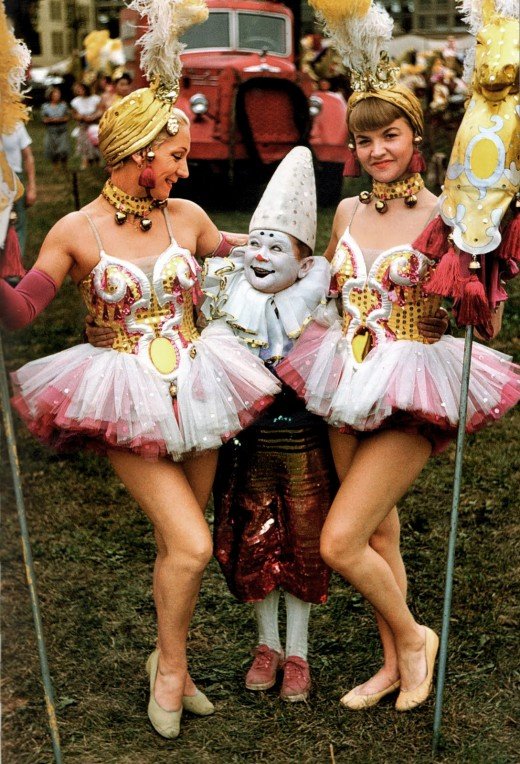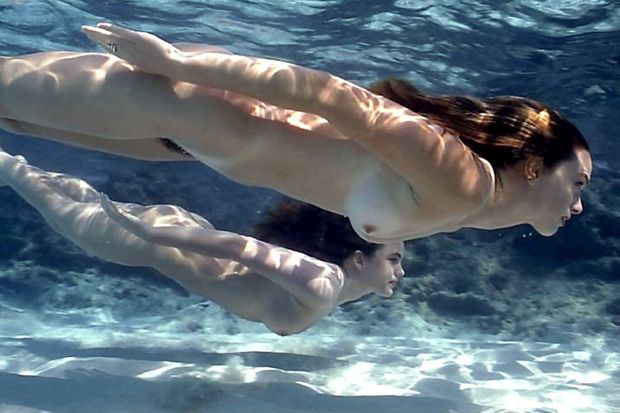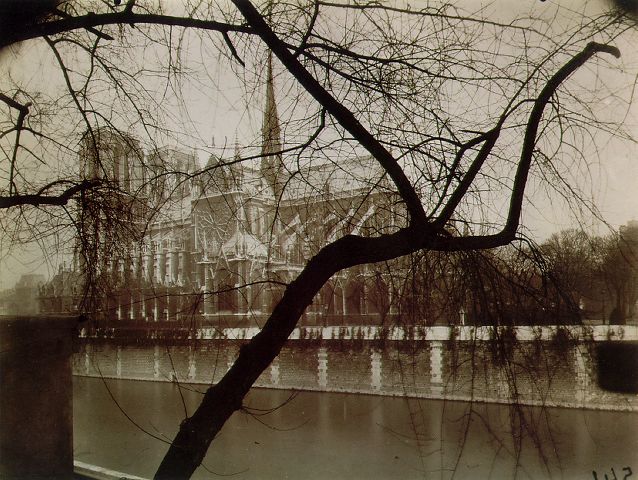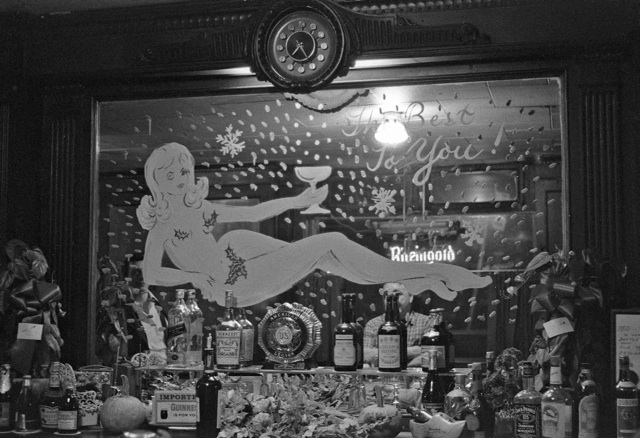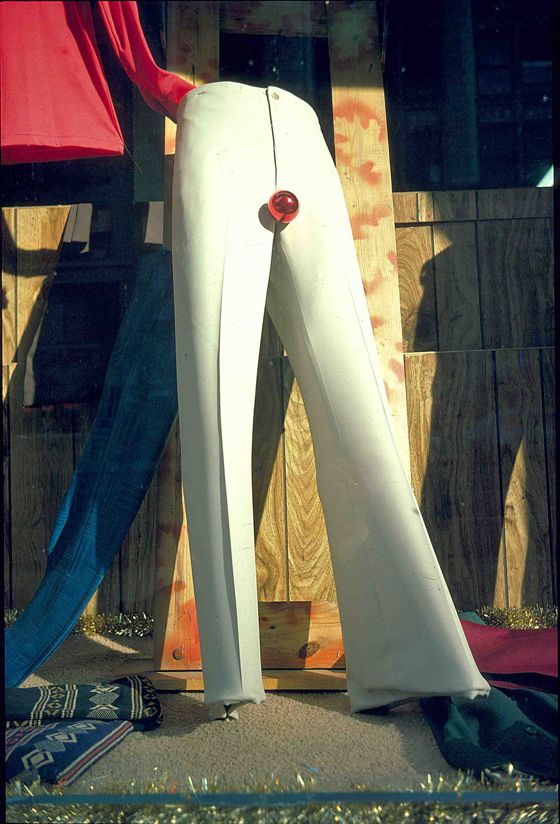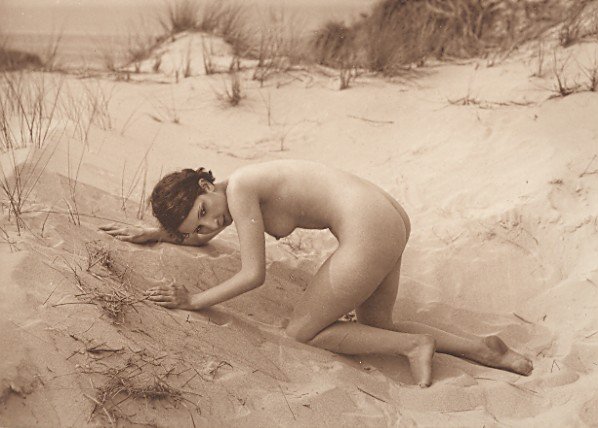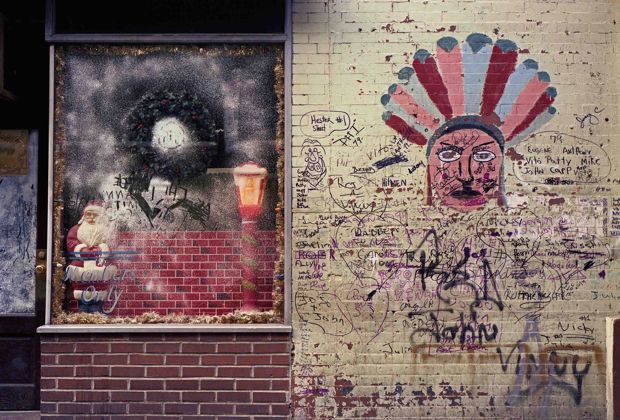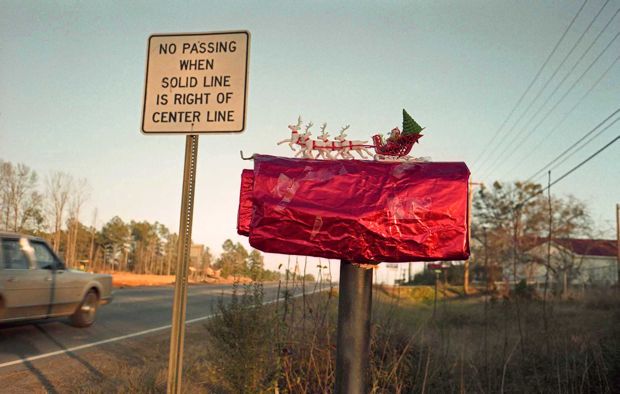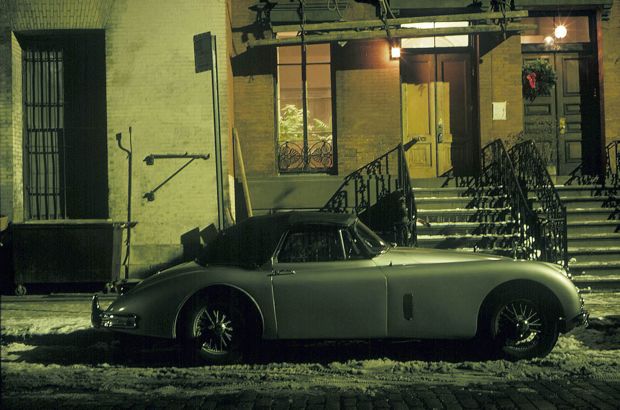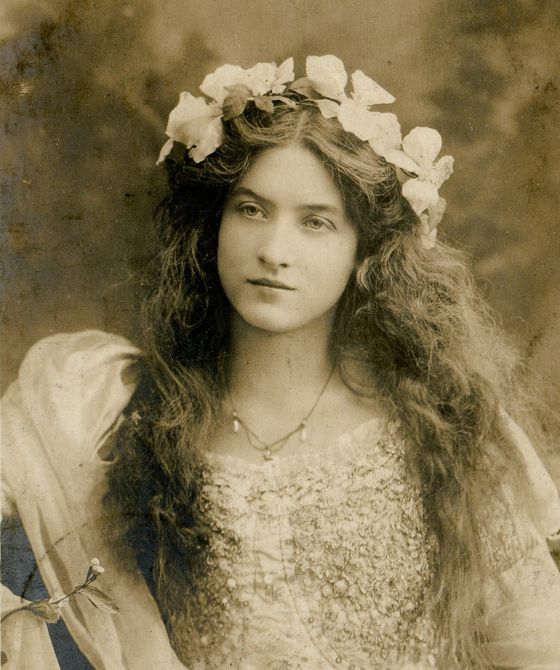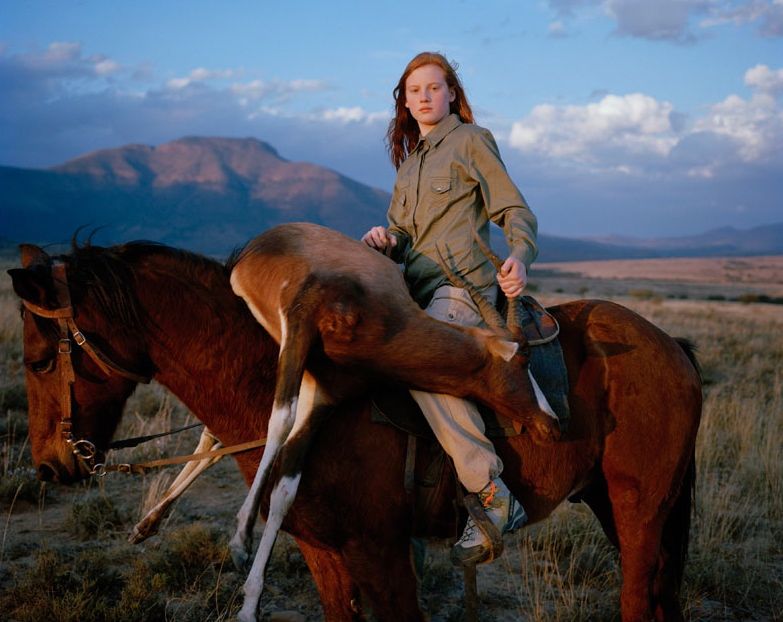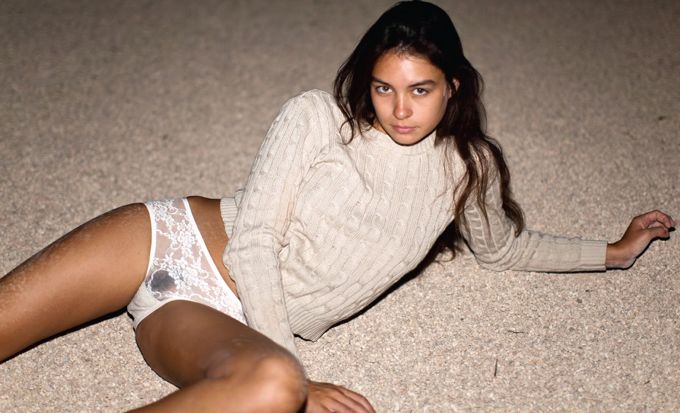
John Ruskin, the Victorian art critic, never consummated his marriage, which was annulled after a few years. He said his wife was “not as other women”, physically, and one biographer has speculated that Ruskin was put off by the sight of his wife’s pubic hair. Knowing the female nude only through art, he might never have seen such a thing, and might have thought it was an anomaly. His wife later remarried and had several children, so she must have been “as other women” in most respects.
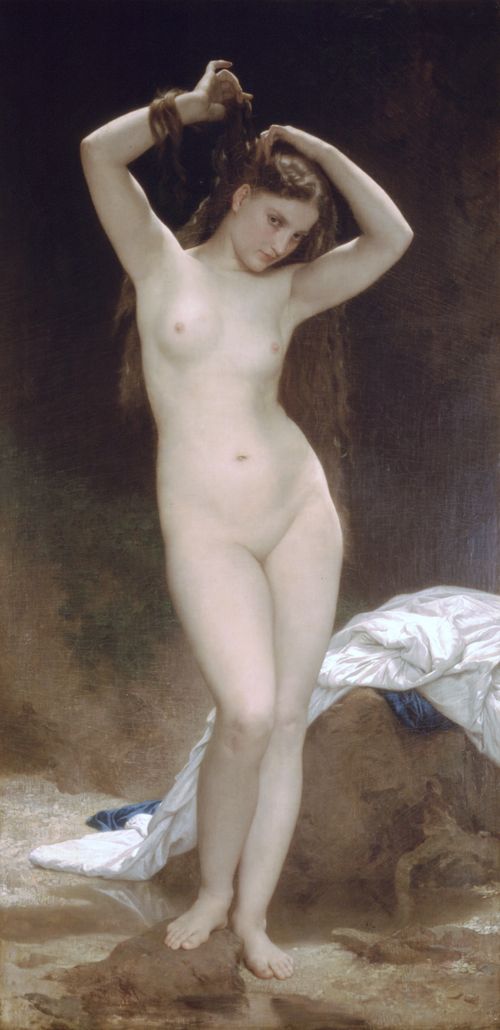
The convention in most Western art, before the 20th Century, has been to present the female genitalia as a hairless mound of flesh without an orifice. (The ancient Greeks, who found the depiction of female genitalia shocking, usually presented them draped, rather than denatured.)
One major convention in modern fashion photography is to present half-clad women who are almost revealing, threatening to reveal, but not quite revealing their genitalia, or nipples.
The photograph at the head of this post is from the notorious ad campaign for American Apparel, which made a splash by violating this convention. It shows pubic hair, and other American Apparel ads have shown nipples.
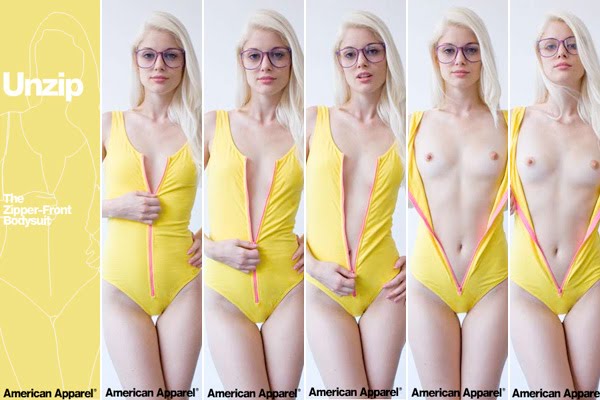
I myself find this explicitness refreshing. There’s tease involved — the ads don’t show everything — but they don’t fetishize the naughty bits. Indeed, they celebrate them. They also show women as whole beings, rather than as custodians of desirable but forbidden body parts.
Most fashion photography uses sex to sell clothes. To me, the American Apparel ads use clothes to sell sex, which is often the real point of clothes, and seems a far healthier approach.
Rescuing the female body from commercialization and commodification is one of the great tasks that lie before our civilization. The American Apparel ads can’t be said to contribute much to this task, but perhaps it can be said that they’re a modest step in the right direction.
